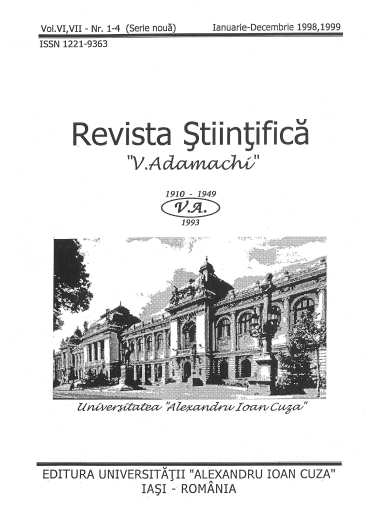| Abstract: In this study we proposed to investigate the effect induced by silica (SiO2) nanoparticles on the intercellular signaling and mechanisms mediated by ATP. Adenosine triphosphate (ATP) molecules play a major role in transmitting alerting signals from theendangered cells to the healthy ones, resulting in an increase in the intracellular calcium (Ca2+) concentration. The hypothesis of the study assumes the inhibition of this effect in the presence of the silica nanoparticles (SiNPs), which alter the intercellular signaling processes. The investigations have been run using fluorescence microscopy techniques, through ratiometric calcium measurements. Four cell lines (HEK293T, 16HBE, TG, mTEC) loaded with Fura-2 were used. Fura-2 are indicator molecules whose absorption maximum shifts from 380 nm to 340 nm when the calcium concentration raises and which have a fluorescence emission maximum at 510 nm. The experimental results demonstrate that the effect of intracellular calcium concentration raise induced solutions prepared with by different concentrations of ATP (1 μM, 3 μM, 10 μM, 30 μM, 100 μM) was inhibited in the presence of silica nanoparticles (1 μg/mL, 3 μg/mL, 10 μg/mL, 30 μg/mL, 100 μg/mL, 300 μg/mL). This intracellular calcium concentration inhibition leads to poor signaling of cell damage, altering the proper activation of defense mechanisms of the organism. |



